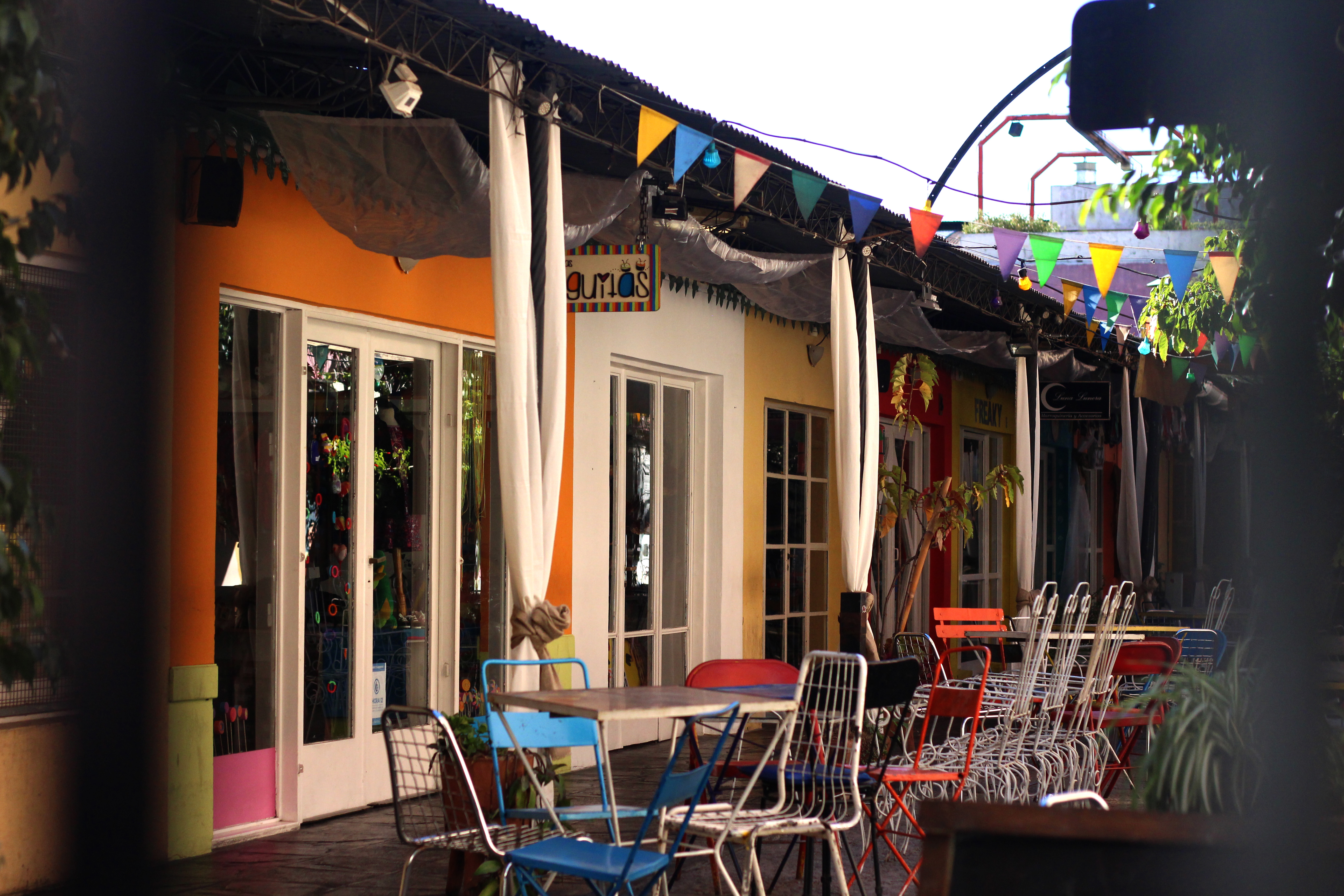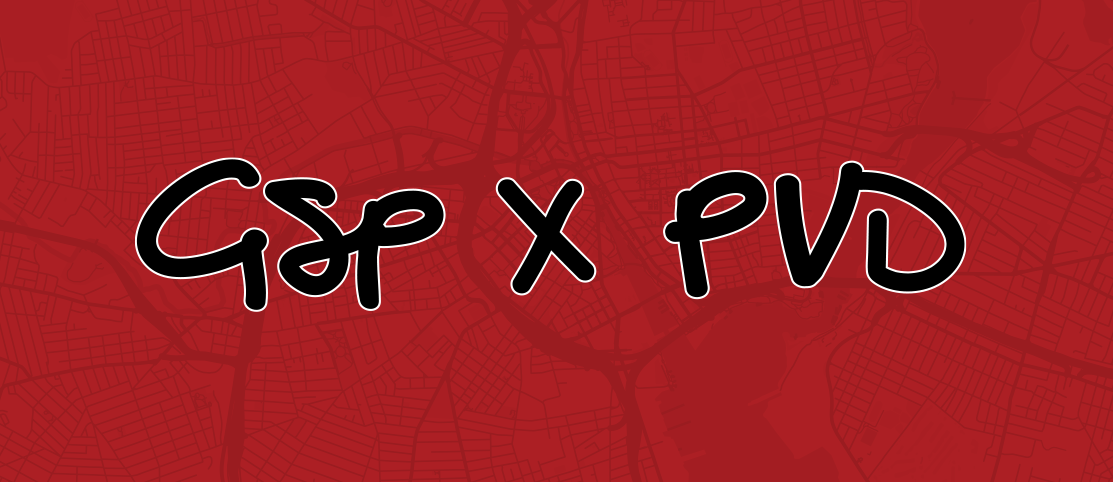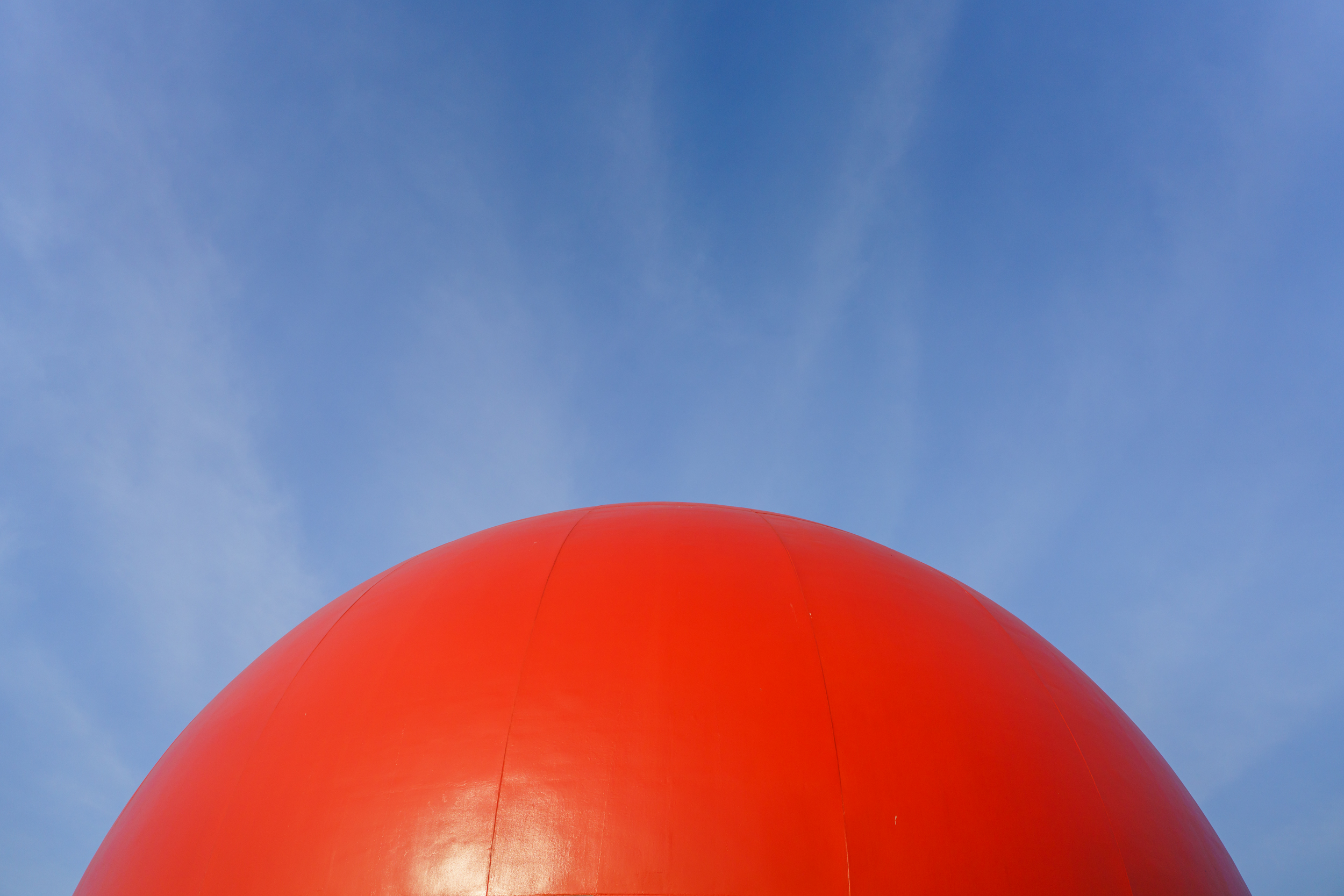Month 05: Córdoba
Córdoba has been the most fascinating place I’ve been this year from a planning perspective – beyond Mexico City’s beautiful parks and bright colors, beyond Bogota’s bike infrastructure, beyond Lima’s coastal park network, Córdoba had me intrigued at all times. We all knew as we approached May that it would be a quieter month for us all since Córdoba is the smaller of the two major cities in Argentina, with several universities but not many big tourist attractions to keep us buzzing around day and night. But none of us knew that Córdoba is living firmly between the years of roughly 1991 and 2004, for a few reasons. There are some odd fashion trends I won’t dwell too much on (think Hard Rock Orlando – yes, only Orlando – hoodies, enormous platform shoes, and Crocs) but also a number of different quirks about the city that gave it a totally unique urban experience.
Odd fashion aside, a lot about how you experience the city and what you read in the details hints that Córdoba is a bit behind. For instance, there is very little public wifi whether you’re in a cafe or a gym or a park. Even in our workspace, the wifi dropped entirely for a few hours one morning, requiring all of us to go work from home. The infrastructure is definitely not there, but you will find internet cafes and printing/copy shops pretty regularly. Additionally, Córdoba is a cash city: everything is handled with cash, from groceries to taxis (no ride-sharing apps like Uber here, either) to rent and bills. A few times a month you’d see lines outside of check-cashing shops, ATM lines a dozen people deep, and ATMs that regularly run out of money. Someone on the Córdoba City Team said that some of the older people in the city who are no longer working will just kind of hang out in bank lines before they open in the morning or afternoon – the cash economy and late-to-rise, siesta culture has created a new third place for an older demographic that isn’t typically catered to! With that said, the cash economy means that, unlike in the US, clothing stores are absolutely everywhere since online shopping isn’t a big thing. All of these trends made walking around interesting because there are so many different shops and services, so different from what we’re used to and so densely packed onto a block, that the scenery is consistently changing.
I only noticed significant public realm activation on our first weekend in Córdoba, as it was the Argentinian Labor Day weekend so there was a large festival in the local major park where the street was shut down and families came out to run, rollerblade, bike, and play, and eat and drink from a number of food trucks and kiosks. There was also a large night-time art and crafts market with all kinds of mate (“mah-tay”) cups (yerba mate is definitely the drink of choice in Argentina; coffee doesn’t stand a chance), leather goods, and art. I think night markets like this could be really successful in some Boston neighborhoods. That said, I would have liked to see some more public space activation outside of sidewalk cafes (though they were plentiful and surprisingly full despite late fall temperatures), the night market, and the Labor Day festival.
Something Graffito has become more involved in is the conversation around boutique fitness as a retail use and a place maker. Gyms are everywhere in Córdoba, but the standards for appearances and maintenance is very, very different. In Boston, the name “boutique fitness” implies a degree of perfectionism on the operator’s part – paint should not be chipping, machines should be in perfect working form, the whole place should be well-lit and comfortable. In Córdoba, there are dozens of gyms but not one that did not feel like it was in an unfinished home basement. And yet each gym is packed with people after work and people come to hang out and socialize. My first reaction is to say that these gyms don’t do much for the public realm, but the more I think about it the more I realize that maybe they do: they give people a destination to walk to, they offer a social space for people to connect, and some gyms even have entirely transparent walls facing the street so you can people-watch while you run on the treadmill and those walking past can peek into a Zumba or Crossfit class.
My favorite neighborhood of Córdoba is called Güeme, where there are all kinds of restaurants, cafes, galleries, and shops tucked away from the street all either along a winding alley or surrounding a common courtyard where there’s outdoor seating for one or a few of the surrounding locations. An ornate entryway with interesting signage or facade treatments will attract the pedestrian, and once you enter you realize there’s way more than initially meets the eye (although in most cases all tenants are listed on the street front). Often both the ground floor and second floor are used, featuring bars with fitting names like “Rooftop”. This has been one of the most common themes I’ve noticed this year: totally maximizing a footprint for retail while not feeling overwhelming or like everything is built to the envelope. In Güeme and in Nueva Córdoba, where we all lived, I also noticed that a lot of the bars, restaurants, and cafes are very trendy. From Edison bulb lighting to succulents to minimalist branding and pops of color, a portion of the food and beverage scene is very much up-to-date while the rest of the city hangs out a couple decades back.
Being in Córdoba for a month made me more aware of what Boston and other cities back home do well, and gave me a couple of ideas for what we could suggest to our clients at GSP to contribute to some truly memorable places. Month 6 is spent in Buenos Aires, which I’ve been looking forward to all year for its South American charm and traditions with Italian and Spanish architecture and city planning features. Looking forward to what we’ll learn there!




